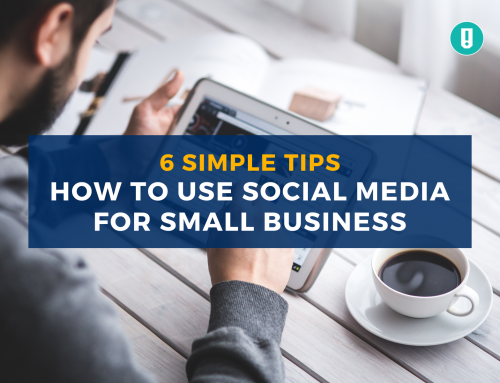When you first started your retail business, you made a budget, right? You factored in all the costs associated with both starting and then managing your company. Things like retail space rent. Products. Salaries.
And yet, you’re still struggling to make ends meet and you can’t quite figure out why.
It could be that you overlooked some hidden expenses you didn’t expect. Here are the costs you need to factor in moving forward to ensure that you are bringing in enough revenue to cover your expenses and still make a profit.
1. Your Salary
You may have factored in payroll expenses for your employees, but what about yourself? If you aren’t (yet) paying yourself a salary, you’re far from alone; in fact, 38% of small business owners don’t pay themselves at all!
Why is that? For many, they are willing to forego taking a salary while the business gets off its feet. They figure they’ll start collecting a paycheck down the road when business is booming.
If that’s the case for you, consider that you’ll always find something more important to pay for than your own salary. Take something, even if it’s a pittance, for your income. Then when you’re bringing in more revenue, give yourself a raise!
2. Credit Card Fees
You want to make it easy for your customers to pay you, but realize that accepting credit and debit cards comes with a price. You’re probably paying between 1.5 and 2.9% per transaction to your merchant card processor. You may also have to pay a flat rate per transaction.
That can add up quickly, especially if you sell high-end products!
You can shop around to find a credit card payment processor that charges less, though they’re all probably going to fall within that range. If you sometimes key in the card number for a transaction, realize that you’re being charged more for that. It’s better to swipe the card or insert the chip.
Just factor in this cost when calculating your expected revenue, and encourage cash payments.
3. Employee Benefits
If you have part-time employees, you might not have to worry about this, but if any of your staff work 30 hours a week or more, you may be required to provide certain employee benefits like health insurance.
These can increase what you’ve budgeted for your payroll, in addition to the taxes you’ll pay for those employees. If you can get by with part-time help in your retail store, it may be more cost-effective.
4. Your Website
Whether you sell products online in addition to in your physical store or not, you probably have a website. And even if you initially made a one-time investment to get a fancy site designed, you still likely have ongoing expenses like web hosting and your domain name, which needs to be renewed annually.
Typically these costs aren’t much (as little as $10-30 a month), but if you’re not budgeting for them, they may cut into your profit.
And if you use a tool that lets you create your own site and update it (like Wix), you’ll probably pay a few hundred dollars a year. It may even out from what you’d pay for a professional designer, but realize that these costs will continue over time.
5. Shrinkage
Sad but true: shrinkage is a reality for every retail business, and can cost you 1.33% of your sales. Shrinkage happens in a few ways: people shoplift. Employees steal products or money. Sometimes it’s just human error in inventory. But whatever the channel, it costs you.
Use inventory management software to ensure you know exactly what you have in stock and can keep tabs on the numbers. Enforce serious consequences if employees are caught stealing. Install cameras in your store, particularly in areas that aren’t as visible to the cashier, to thwart shoplifters. And still, plan for shrinkage to be a part of your costs.
6. Business Insurance
You may be required to carry liability and other business insurance policies to ensure that your employees, your customers, and your inventory are protected. Yes, it’s a pain to have to pay for something you’ll hopefully never use, but consider it exactly what it is: insurance! This expense is worth it to hopefully never have to file a claim. And if you do, you’ll be made whole again without going out of pocket.
You may have other expenses in your retail business that you didn’t initially budget for. It’s normal. But if you use accounting software and stay on top of categorizing them appropriately, you won’t be taken unaware and can better plan around all your expenses, big and small.
Knowing all these expenses can help you better price your products so that you realize enough profit margin to cover your costs and still have profit to grow your company.





Leave A Comment